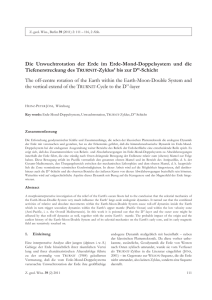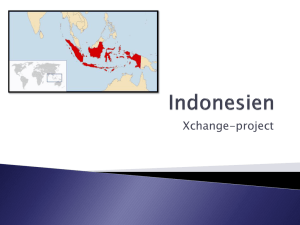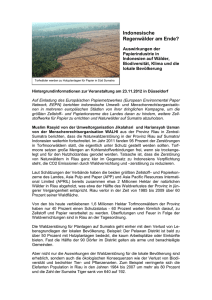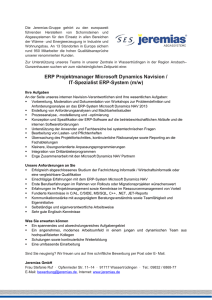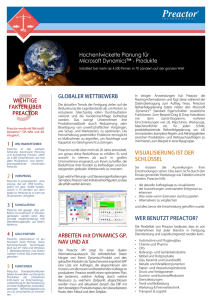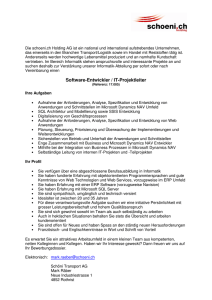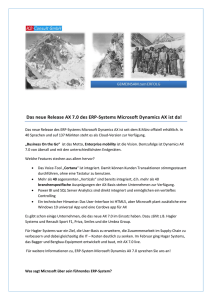Jöns
Werbung
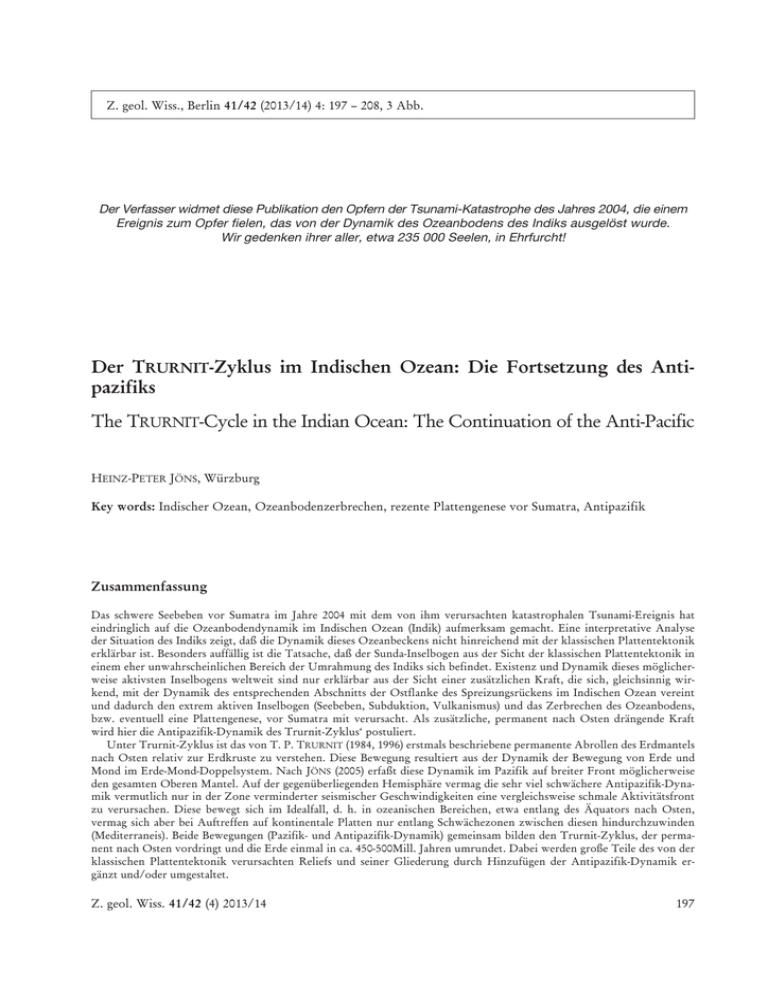
Z. geol. Wiss., Berlin 41/42 (2013/14) 4: 197 – 208, 3 Abb. Der Verfasser widmet diese Publikation den Opfern der Tsunami-Katastrophe des Jahres 2004, die einem Ereignis zum Opfer fielen, das von der Dynamik des Ozeanbodens des Indiks ausgelöst wurde. Wir gedenken ihrer aller, etwa 235 000 Seelen, in Ehrfurcht! Der TRURNIT-Zyklus im Indischen Ozean: Die Fortsetzung des Antipazifiks The TRURNIT-Cycle in the Indian Ocean: The Continuation of the Anti-Pacific HEINZ-PETER JÖNS, Würzburg Key words: Indischer Ozean, Ozeanbodenzerbrechen, rezente Plattengenese vor Sumatra, Antipazifik Zusammenfassung Das schwere Seebeben vor Sumatra im Jahre 2004 mit dem von ihm verursachten katastrophalen Tsunami-Ereignis hat eindringlich auf die Ozeanbodendynamik im Indischen Ozean (Indik) aufmerksam gemacht. Eine interpretative Analyse der Situation des Indiks zeigt, daß die Dynamik dieses Ozeanbeckens nicht hinreichend mit der klassischen Plattentektonik erklärbar ist. Besonders auffällig ist die Tatsache, daß der Sunda-Inselbogen aus der Sicht der klassischen Plattentektonik in einem eher unwahrscheinlichen Bereich der Umrahmung des Indiks sich befindet. Existenz und Dynamik dieses möglicherweise aktivsten Inselbogens weltweit sind nur erklärbar aus der Sicht einer zusätzlichen Kraft, die sich, gleichsinnig wirkend, mit der Dynamik des entsprechenden Abschnitts der Ostflanke des Spreizungsrückens im Indischen Ozean vereint und dadurch den extrem aktiven Inselbogen (Seebeben, Subduktion, Vulkanismus) und das Zerbrechen des Ozeanbodens, bzw. eventuell eine Plattengenese, vor Sumatra mit verursacht. Als zusätzliche, permanent nach Osten drängende Kraft wird hier die Antipazifik-Dynamik des Trurnit-Zyklus‘ postuliert. Unter Trurnit-Zyklus ist das von T. P. TRURNIT (1984, 1996) erstmals beschriebene permanente Abrollen des Erdmantels nach Osten relativ zur Erdkruste zu verstehen. Diese Bewegung resultiert aus der Dynamik der Bewegung von Erde und Mond im Erde-Mond-Doppelsystem. Nach JÖNS (2005) erfaßt diese Dynamik im Pazifik auf breiter Front möglicherweise den gesamten Oberen Mantel. Auf der gegenüberliegenden Hemisphäre vermag die sehr viel schwächere Antipazifik-Dynamik vermutlich nur in der Zone verminderter seismischer Geschwindigkeiten eine vergleichsweise schmale Aktivitätsfront zu verursachen. Diese bewegt sich im Idealfall, d. h. in ozeanischen Bereichen, etwa entlang des Äquators nach Osten, vermag sich aber bei Auftreffen auf kontinentale Platten nur entlang Schwächezonen zwischen diesen hindurchzuwinden (Mediterraneis). Beide Bewegungen (Pazifik- und Antipazifik-Dynamik) gemeinsam bilden den Trurnit-Zyklus, der permanent nach Osten vordringt und die Erde einmal in ca. 450-500Mill. Jahren umrundet. Dabei werden große Teile des von der klassischen Plattentektonik verursachten Reliefs und seiner Gliederung durch Hinzufügen der Antipazifik-Dynamik ergänzt und/oder umgestaltet. Z. geol. Wiss. 41/42 (4) 2013/14 197 H. -P. JÖNS Abstract The catastrophic tsunami event in the Indian Ocean of the year 2004 has shaded a dramatic light on the ocean floor dynamics west of Sumatra. As it is impossible to explain neither the existence of the highly active Sunda-Island Arc nor the special type of ocean floor dynamics in that area, especially west of the island of Sumatra, by the dynamics of classic plate tectonics alone, it is necessary that an additional east-facing force is active in that area. In this work it is postulated that the permanently eastward propagating Anti-Pacific dynamics of the Trurnit-Cycle is active in that area together with the pressure of the corresponding section of the east-facing flank of the Indian Oceans’ spreading ridge. That means that only the coaction of both forces can cause the Sunda-Island arc in its entirety with its severe earth quakes, its subduction, and its remarkably intensive volcanism, especially on Sumatra. Moreover, investigations have shown that immediately west of the island of Sumatra the ocean floor is probably breaking up and/or that even a new plate might originate in that area. The Trurnit-Cycle describes the permanently east-facing rolling off of the Earth’s mantle with respect to the Earth’s crust. That dynamics is caused by celestial mechanics via the off-centre rotation of the Earth in the Earth-Moon-Double System. It has been described for the first time by T. P. TRURNIT (1984, 1996). According to JÖNS (2005) that dynamics affects in the Pacific probably the entire Upper Mantle along a wide front. On the Earth’s opposite hemisphere, however, only a relatively narrow band of material is activated by the Anti-Pacific Dynamics along the Low Velocity Zone. It can propagate eastward only along zones of weakness between continental plates (e. g. the Mediterraneis), whereas in ideal situations (i. e. in oceanic areas) it propagates roughly along the equator. Both movements (Pacific and Anti-Pacific Dynamics as a whole) circle around the Earth once every 450-500 mill. years approx. While doing so they complete and/or reconfigure large parts of the relief and its formation caused by classic plate tectonics. 198 Z. geol. Wiss. 41/42 (4) 2013/14
